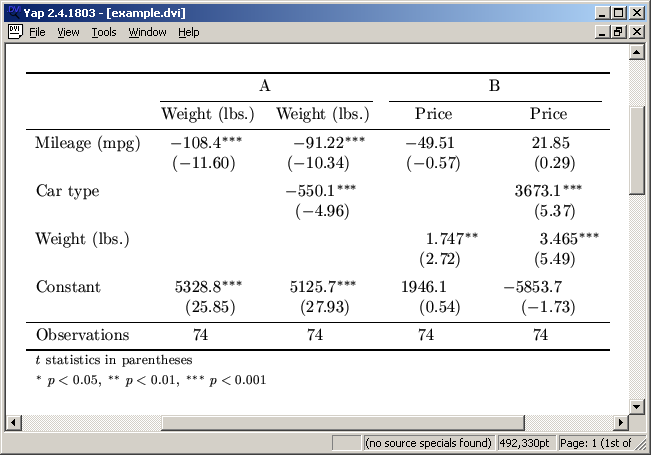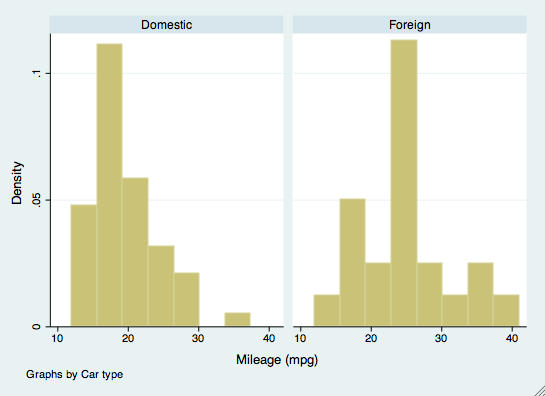
Tips to Building Panel Data in Stata : CrunchEconometrix June 5, 2018.(Stata13) Panel Data Descriptive Analysis (Tables) : CrunchEconometrix June 6, 2018.(Stata13) Panel Data Descriptive Analysis (Bar Charts) : CrunchEconometrix June 7, 2018.(Stata13) Panel Data Descriptive Analysis (Histograms) : CrunchEconometrix June 8, 2018.

(Stata13) Panel Data Descriptive Analysis (Scatterplots) : CrunchEconometrix June 9, 2018.(EViews10) Panel Data Descriptive Analysis (Bar Charts) : CrunchEconometrix June 10, 2018.So, load your data and let’s get started. In this video, I show the various tabular dynamics that can explored using the summary statistics of the outcome variable (Gini coefficient) and the different categorical variables such as countries, regions, income groups and inequality categories. Remember, graphics convey lots of information than words. They are (1) generate identifiers (watch my video on “Reshape Wide to Longitudinal Data”) (2) reshape the data (watch my video on “Reshape Wide to Longitudinal Data”) (3) group classification (to explore the heterogeneities in the data) (4) categorise the outcome variable (to explore the heterogeneities in the data) and (5) create dummy variables (regional and time dummies).Įrogeneities within and among the groups with the summary statistics of the outcome variable (Gini coefficient) and the different categorical variables such as countries, regions, income groups and inequality categories. I give 5 tips required for building an engaging panel data structure. differences) with respect to a variable perhaps due to inadequate data over a long period for your sample or maybe you just don’t know why! (lol). firms, schools, countries, agro produce, individuals, cars, production style, political parties etc.) to explore the behaviour of the groups in the sample with respect to a variable the groups have some semblance of commonness the groups have varying heterogeneities (i.e. Some of the reasons could be to explore the behaviour of a variable across a sample of groups (e.g. Why do you want to perform panel data analysis? They are (1) generate identifiers (watch my video on “Reshape Wide to Longitudinal Data” and “Tips to Building a Panel Data”) (2) reshape the data (watch my video on “Reshape Wide to Longitudinal Data”) (3) group classification (to explore the heterogeneities in the data) (4) categorise the outcome variable (to explore the heterogeneities in the data) and (5) create dummy variables (regional and time dummies).Īlso note that a histogram (1) is not a bar chart, (2) shows the underlying distribution of a variable, (3) gives an accurate representation of the distribution of a numerical data, (4) gives the estimate of the probability distribution of a variable, (5) graphically displays data using bins (bars) of different heights and (6) shows the frequency distribution of a variable. In this video, using Stata13, I show the various ways of using the histogram to reveal various heterogeneities within and among the groups with the summary statistics of the outcome variable (Gini coefficient) and the different categorical variables such as countries, regions, income groups and inequality categories. In this video, using Stata13, I show the various ways of using the scatterplot to reveal various heterogeneities within and among the groups with the summary statistics of the outcome variable (Gini coefficient) and the different categorical variables such as countries, regions, income groups and inequality categories.īesides, why do you want to perform panel data analysis? Some of the reasons could be to explore the behaviour of a variable across a sample of groups (e.g.

With the scatterplot, you can reveal the relationships between the outcome variable and an explanatory within the various categorical variables in your panel data.


 0 kommentar(er)
0 kommentar(er)
